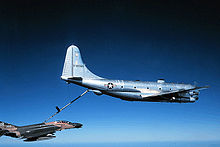
The Texas Air National Guard (TX ANG) is the aerial militia of the State of Texas, United States of America. It is, along with the Texas Army National Guard, an element of the Texas National Guard. No element of the Texas Air National Guard is under United States Air Force command. They are under the jurisdiction of the Governor of Texas through the office of the Texas Adjutant General unless they are federalized by order of the President of the United States. The Texas Air National Guard is headquartered at Camp Mabry, Austin, and its chief of staff is Brigadier General Matthew Barker.
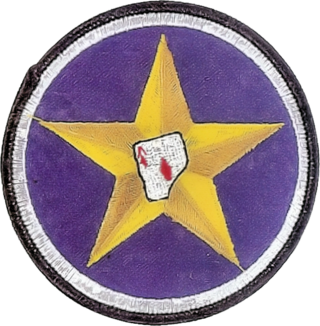
The 111th Attack Squadron is a unit of the Texas Air National Guard 147th Attack Wing located at Ellington Field Joint Reserve Base, Houston, Texas. The 111th is equipped with the General Atomics MQ-9 Reaper unmanned aerial vehicle (UAV).

The 121st Air Refueling Wing is a unit of the Ohio Air National Guard, stationed at Rickenbacker Air National Guard Base, Columbus, Ohio. If activated to federal service, the Wing is gained by the United States Air Force Air Mobility Command.

The 182d Fighter Squadron is a unit of the Texas Air National Guard 149th Fighter Wing located at Kelly Field Annex, Joint Base San Antonio, Texas. The 149th is equipped with the F-16C/D Fighting Falcon.
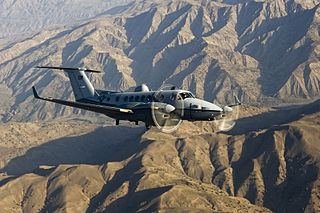
The 137th Special Operations Wing is a unit of the Oklahoma Air National Guard located at Will Rogers Air National Guard Base, Oklahoma. If activated to federal service, the wing is gained by Air Force Special Operations Command. During World War II, its predecessor, the 404th Fighter Group, flying Republic P-47 Thunderbolts, provided close air support to troops following the Operation Overlord, the Normandy landing until the close of the war. The wing is entitled to the honors won by the group by temporary bestowal.
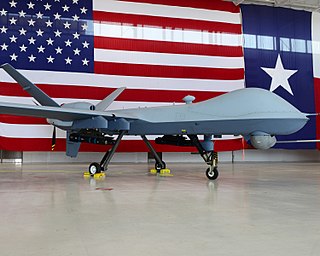
The 147th Attack Wing is a unit of the Texas Air National Guard, stationed at Ellington Field Joint Reserve Base, Houston, Texas. If activated to federal service, the Wing is gained by the United States Air Force Air Combat Command.
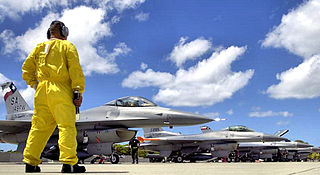
The 149th Fighter Wing is a unit of the Texas Air National Guard, stationed at Kelly Field Annex, Joint Base San Antonio, Texas. If activated to federal service, the Wing is gained by the United States Air Force Air Education and Training Command.

The 157th Air Refueling Wing is a unit of the New Hampshire Air National Guard, stationed at Pease Air National Guard Base, Portsmouth, New Hampshire, United States. If activated to federal service, the Wing is gained by the United States Air Force Air Mobility Command.

The 182d Airlift Wing is a unit of the Illinois Air National Guard, stationed at Peoria Air National Guard Base, Peoria, Illinois. If activated to federal service, the Wing is gained by the United States Air Force Air Mobility Command.

The 171st Air Refueling Squadron is a unit of the Michigan Air National Guard's 127th Wing located at Selfridge Air National Guard Base, Michigan. The 171st is equipped with the KC-135T Stratotanker.

The 136th Attack Squadron is a unit of the New York Air National Guard 107th Attack Wing located at Niagara Falls Joint Air Reserve Station, New York. The 136th is equipped with the MQ-9 Reaper. If activated to federal service, the Wing is gained by the United States Air Force's Air Combat Command.

The 181st Airlift Squadron is a unit of the 136th Airlift Wing of the Texas Air National Guard stationed at Naval Air Station Joint Reserve Base Fort Worth, Texas. The 181st is equipped with the Lockheed C-130J Hercules.
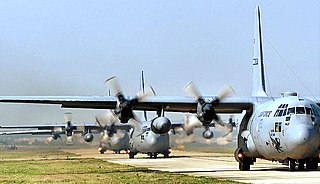
The 158th Airlift Squadron is a unit of the Georgia Air National Guard's 165th Airlift Wing located at Savannah Air National Guard Base, Georgia. The 158th is equipped with the C-130J Hercules and is operationally-gained by the Air Mobility Command (AMC).

The 169th Airlift Squadron is a unit of the Illinois Air National Guard 182d Airlift Wing located at Peoria Air National Guard Base, Peoria, Illinois. The 169th is equipped with the C-130H3 Hercules.

The 185th Special Operations Squadron is a unit of the Oklahoma Air National Guard's 137th Special Operations Wing, located at Will Rogers World Airport, Oklahoma City, Oklahoma. The 185th is the only National Guard unit to be equipped with the MC-12W. The unit is known as the "Sooners". Famous unit alumni include former Vietnam prisoner of war Brig. Gen. James Robinson "Robbie" Risner and Astronaut Captain Fred Wallace Haise Jr., Apollo 13 Lunar Module Pilot.
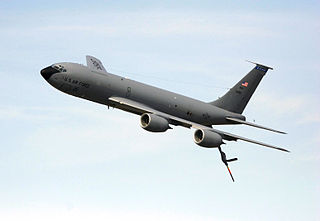
The 191st Air Refueling Squadron is a unit of the Utah Air National Guard 151st Air Refueling Wing located at Roland R. Wright Air National Guard Base, Utah. The 191st is equipped with the KC-135R Stratotanker.

The 133rd Air Refueling Squadron is a unit of the New Hampshire Air National Guard 157th Air Refueling Wing located at Pease Air National Guard Base, Portsmouth, New Hampshire, United States. The 133rd, which previously operated the KC-135 Stratotanker, received its first KC-46A Pegasus tanker on 8 August 2019.

The 137th Special Operations Group is an associate unit of the Oklahoma Air National Guard stationed at Will Rogers Air National Guard Base. If activated for federal service, the group is gained by Air Force Special Operations Command.

The 107th Attack Wing is a unit of the New York Air National Guard, stationed at Niagara Falls Air Reserve Station, New York. The 107th is equipped with the MQ-9 Reaper. If activated to federal service, the Wing is gained by the United States Air Force's Air Combat Command.

The 136th Operations Group is a component of the 136th Airlift Wing of the Texas Air National Guard. It was first activated in June 1943 as the 368th Fighter Group. After training with Republic P-47 Thunderbolts in the United States, it deployed to the European Theater of Operations, where it began combat operations in March 1944. Shortly after D-Day, the group moved to the continent of Europe, continuing operations until May 1945. The group was awarded the Distinguished Unit Citation and the Belgian Fourragère for its combat operations and being credited with the destruction of 120 enemy aircraft in air to air combat. It served in the occupation forces until the spring of 1946, when it inactivated and transferred its personnel and equipment to another unit.







